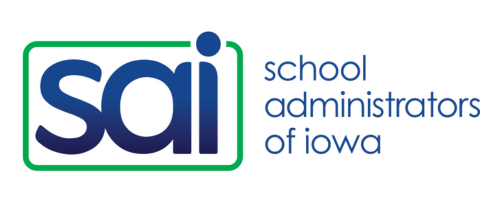Being an 'Instructional Leader'
Allyson Apsey in Serendipity in Education says principals can’t possibly be “masters of best practices and pedagogy in every content area and every subject area,” so what does it mean to be an instructional leader? Apsey explores seven practices that contribute to a principal’s effective leadership.
Research continues to emphasize the role of the principal in contributing to student achievement and learning outcomes (See this 2021 Wallace Report ). The behaviors that correlate to effective leadership are focused on instruction, people, and the organization. Apsey points out that this means principals are charged to be more than instructional leaders, and she explains what this means and doesn’t mean in these seven practices:
- Engage in conversations with teachers about instruction. Learn from them about their practice; seek to understand their goals. These questions can help you get started:
- What student learning are you excited about right now?
- What instructional resource is really helping your students grow?
- Tell me about an instructional fail you recently had, and what did you learn from it?
- Where do you feel really strong instructionally?
- Where are you feeling weak instructionally, and how can I support your growth?
- What is one achievement goal you have for your students between now and the end of the grading period?
- What instructional adjustments have you recently made and what has been the impact?
- Learn with your teachers. Participate in their professional learning so you can have enough information to ask effective questions. Deepening your knowledge about instructional practices will facilitate the conversations you have about student learning and instructional impact.
- Keep conversations focused on evidence of student learning. In what ways do your teachers collaboratively review student work? Model and encourage analysis of single assignments or even a specific problem in order to gain more insight into the impact of instruction. (These protocols include options for a structured review of student work).
- Shadow students. Getting into classrooms and viewing the class through the lens of a student provide perspective on the student experience.
- Visit classrooms with the intent of leaving positive (handwritten) feedback. You both build relationships and gain insight into what’s happening in your school classrooms. Carry a sticky notes pad and look for what’s going well. Observe the behavior, note the impact—Example: When you asked students to create a visual representation of the theme, each student immediately reached for a colored pencil and began sketching. You prompted high engagement.
- Prioritize PLCs. Collective teacher efficacy has a 1.37 effect size, so we are compelled to create structures and processes that support teachers in working collaboratively to analyze evidence of student learning and reflect on the impact of instructional practices.
- Make time to play and have fun every day. The job of the principal is demanding and at times, overwhelming. So, schedule time to do the things that remind you of why you chose this work.
